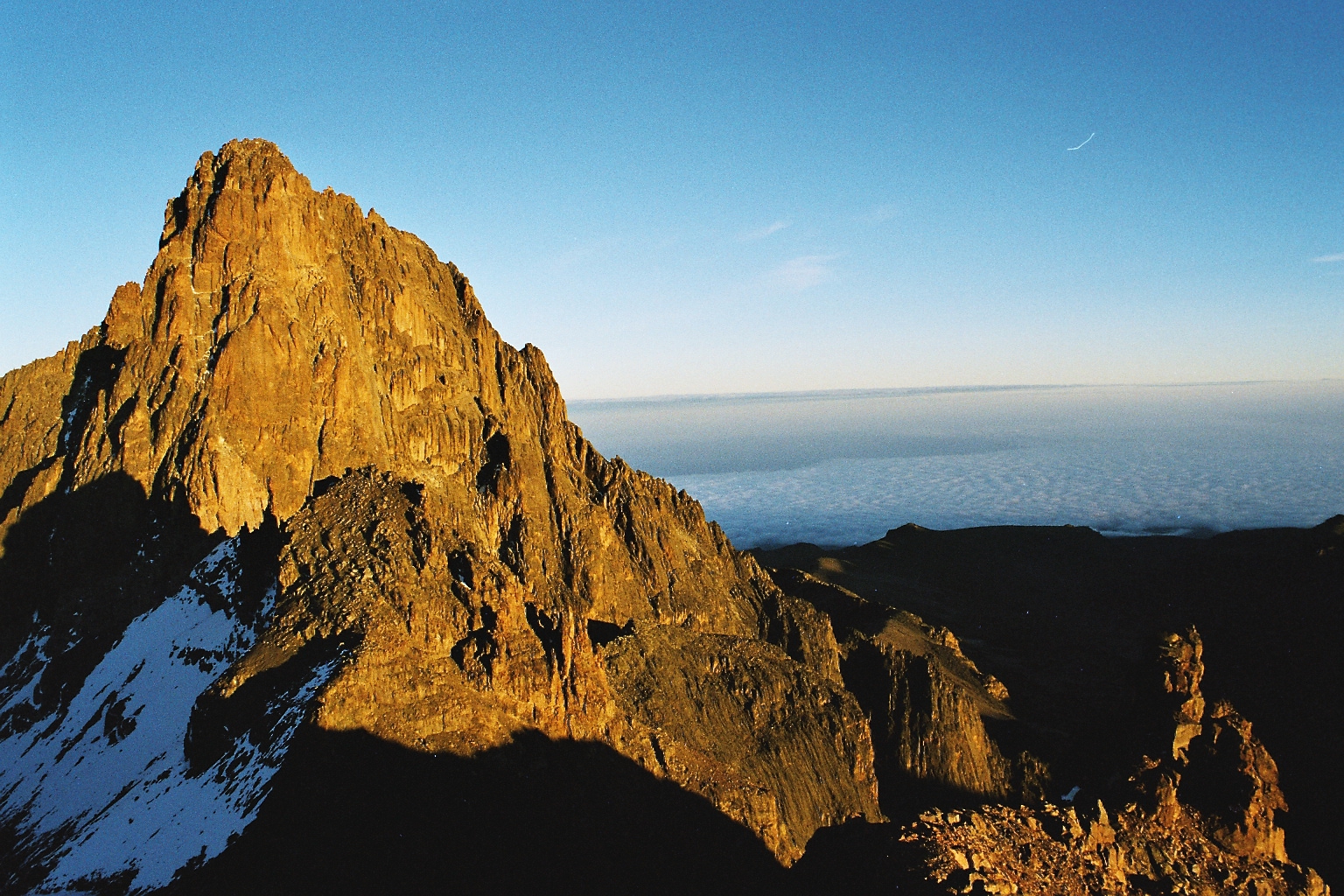Let’s take a trip this week. A forty-thousand-and-a-bit kilometre trip along the famous but invisible line that divides the world in half: the equator.
We’ll start our day off at Coffee Beach in the country of Sao Tomé and Principe, partly because something with the name “coffee” in it seems like a good place to begin a trip, and partly because Sao Tomé and Principe is just east of the spot where the equator intersects with the Prime Meridian; 0 degrees latitude and 0 degrees longitude. We’re not starting at actual zero-zero, because the only thing in that part of the ocean is a buoy affectionately known as “Null Island” floating in the Atlantic about 600km from land, and that’s a terrible place to start your day.
We hit mainland Africa at the country of Gabon, about 40km south of the capital of Libreville. As we cross Gabon towards the Republic of the Congo, we will consistently be about 100km south of a country that dares to call itself “Equatorial Guinea” – despite never touching the equator. Get it together, Equatorial Guinea.

After the Republic of the Congo, we pass through the Democratic Republic of the Congo, then Uganda, flying above the largest lake in Africa: Lake Victoria. Then we’re into Kenya where we’ll pass over that country’s tallest mountain, the creatively-named Mount Kenya. Then we cross the southern end of Somalia before heading out over our second ocean, the Indian Ocean.
Get used to being over the ocean, by the way; 78% of the equator is over water, and the African jaunt we’ve just finished is the longest stretch of land we’ll see in the whole trip.
As we fly over the Indian Ocean, we almost hit land at the tiny island chain country of Maldives, but miss it by just a few kilometres. Our next landfall isn’t until Lorang Island, one of the 17 000 islands that make up Indonesia.
Indonesia holds the distinction of hogging more of the equator than any other country, and by a long shot. By the time we say goodbye to our last Indonesian island, we will have been above that country for about as many kilometres as we were passing through the continent of Africa.

We’re now out into the Pacific, which as you probably know is pretty big. By the time we pass just south of Howland Island (an uninhabited property of the United States) we will stop for lunch, as we’re now halfway around the earth. While having our lunch we can sit by the Earhart light. This is a small lighthouse built in 1937 in anticipation of Amelia’s refuelling stop on the tiny coral island. The crew awaiting Earhart heard her radio signals, but she never arrived.
From there, it’s another 7500km of blue ocean until we reach Ecuador. Its Galapagos islands come first, followed by the mainland.
Ecuador, as you might have guessed by its name, is rather proud of its position at the midpoint of the world. But at least they’ve earned it, geographically speaking, unlike that fraud Equatorial Guinea. In Ecuador, we might stop for a moment to visit “Mitad del Mundo” – a monument just north of the capital of Quito, and the site of ruins that pre-date colonization.
Next we hit Colombia and its sweltering rainforests. Peru will try to get in on the action, but we will miss it by less than 5km.
We come into our final country, Brazil, deep in the Amazon. As with Peru, Venezuela will also miss us on our journey by just a few kilometres.

The Brazilian town of Macapa does a pretty nice job of celebrating the equator, with a monument, a street, and a hospital named after the earth’s midpoint. But the highlight for us here will be watching a soccer match at the stadium known locally as “The Big Zero” – where the equator runs across the field’s centre line, so that teams face off on opposite halves of the globe.
It has to be said: putting a soccer field on the equator might be the most Brazilian thing ever.
We hit the Atlantic once more right where the Amazon River empties into the ocean. It’s a grand ending to our journey…although we still have another 6000km to go before returning to Coffee Beach.
If we do this trip at about 206 kilometres per second, we should make it all the way round in the time it takes to listen to the lovely “Ascension” by Germany’s Martin Rott.
What makes this a beautiful song:
1. Punctuated by 16th notes, it feels urgently excited.
2. The strings are grand and sweeping.
3. The handclaps are joyful and expectant.
Recommended listening activity:
Exploring Google Maps late at night.

